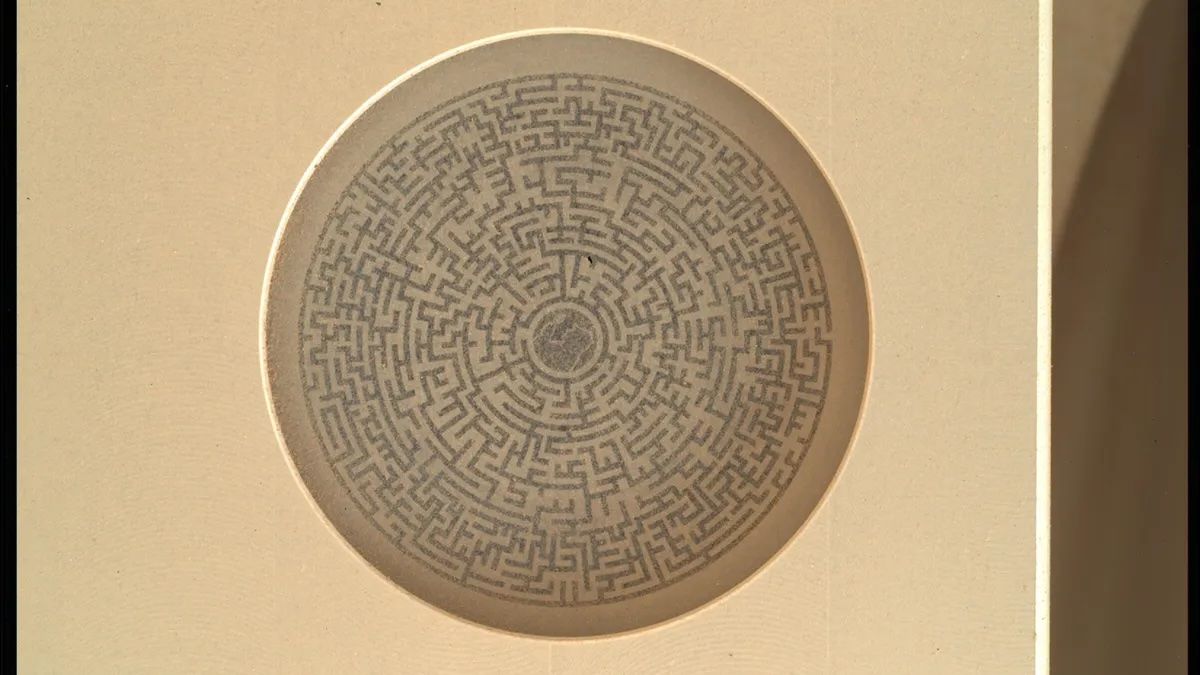Now Reading: Why NASA’s Perseverance Rover is Capturing Images of a Mysterious Martian Maze
-
01
Why NASA’s Perseverance Rover is Capturing Images of a Mysterious Martian Maze
Why NASA’s Perseverance Rover is Capturing Images of a Mysterious Martian Maze

Quick Summary
- NASA’s Perseverance Mars rover uses a small, intricate maze as part of its calibration process for the SHERLOC (Scanning Habitable Environments with Raman & Luminescence for Organics and Chemicals) instrument.
- SHERLOC is designed to detect organic compounds and minerals that could indicate ancient microbial life on Mars. the calibration ensures accurate spectroscopic measurements.
- The maze, part of the “SHERLOC Calibration Target,” helps calibrate SHERLOC’s laser scanner mirror positioning and laser focus by providing sharply contrasting spectral responses.
- The maze features 200-micron-wide chrome-plated lines on silica glass,along with a 50-micron-thick silhouette of Sherlock Holmes at its center-functioning both as a practical tool for spectral analysis and an homage to the instrument’s name.
- additional calibration targets include materials such as aluminum gallium nitride, UV-scattering Diffusil, Martian meteorite samples (SaU008), Teflon, Kevlar, Gore-Tex, polycarbonate geocache markers, and more.
- Some of these materials are tested under Martian conditions to assess their durability-aiding future human exploration efforts.
- A color camera named WATSON (“Wide Angle Topographic Sensor for Operations and eNgineering”) works alongside SHERLOC in capturing images.
Indian Opinion Analysis
NASA’s methodology behind using intricate designs like mazes emphasizes precision-driven engineering in extraterrestrial exploration. This ingenuity highlights how critical high-tech instruments are in detecting potential signs of life beyond Earth. For India-a nation steadily advancing its space ambitions through ISRO-studying such approaches can inspire future missions involving deep space habitability assessments or astro-exploration technologies.
Additionally,the dual purpose served by such technologies aligns with cost-effective resource utilization strategies valuable to developing nations’ space programs. As India prepares for interplanetary ventures like Gaganyaan or Chandrayaan successors, leveraging multi-functional tools akin to NASA’s calibers might enhance mission effectiveness while contributing critical insights into long-term material resilience studies on other planetary surfaces.
























